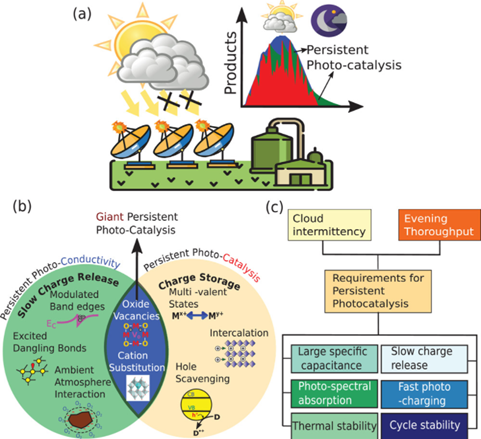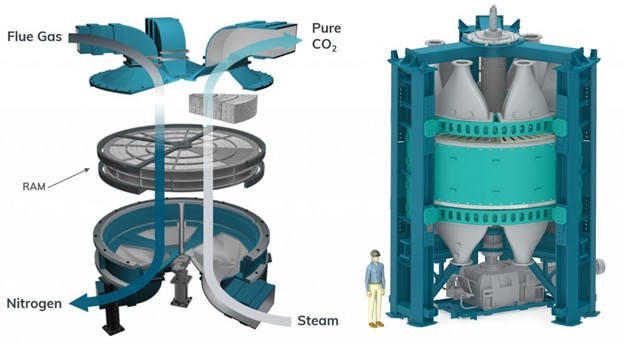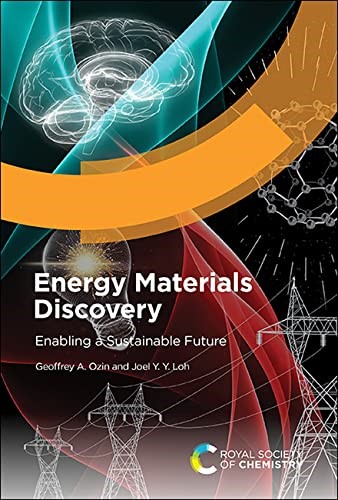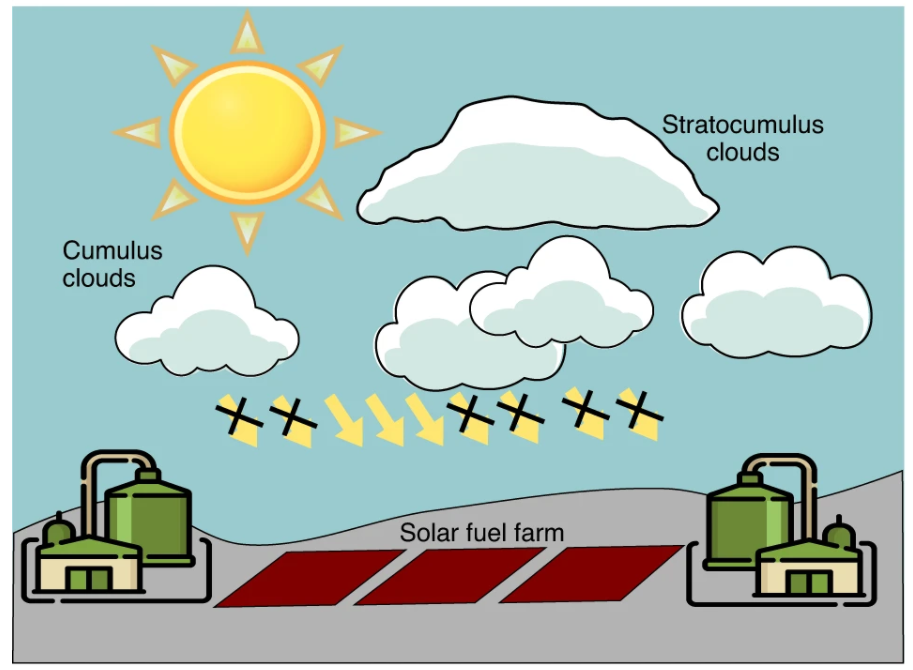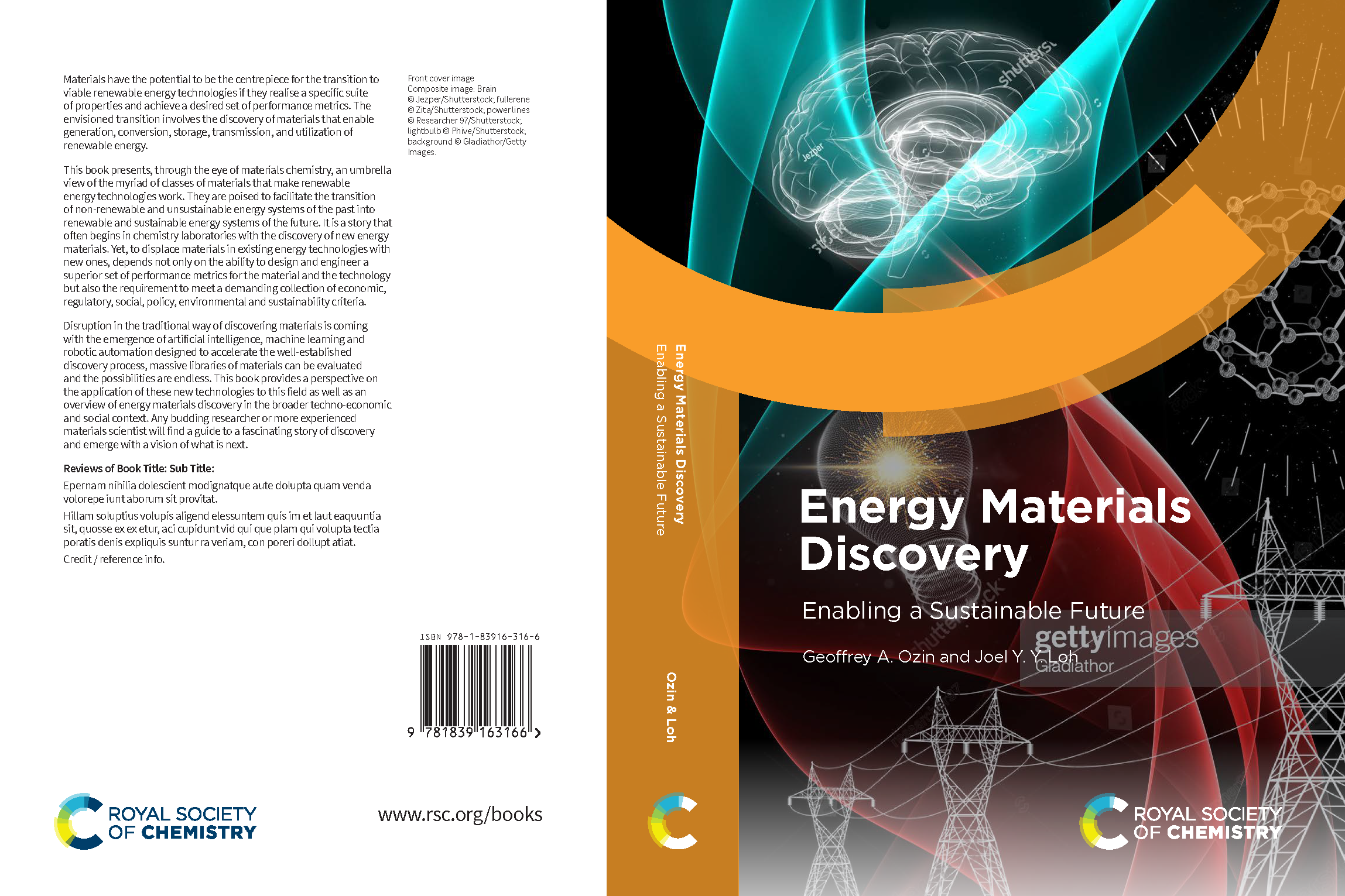The Banting Postdoctoral Fellowships program is a highly competitive and prestigious award designed to provide funding to the very best postdoctoral applicants, who will positively contribute to the country’s economic, social, and research-based growth. Typically, 70 fellowships per annual are awarded among more than 600 applicants from all over the world. The Solar Fuels Groups is pleased to announce Dr. Shufang among the few selected recipients.
-
Recent Posts
- Congratulations to Geoff’s birthday paper of CO2 photocatalysis on Matter
- Could modified train cars capture carbon from the air? This team has a plan to make it happen
- Sand batteries that are dirt cheap
- Congratulations to Lu, Chengliang and Geoff on their recent publication in Nature Communications
- Congratulations to Wei and co-authors on their recent publication on silica in the Chem Catalysis
Recent Comments
Categories
Header Courtesy of Digital Westex



